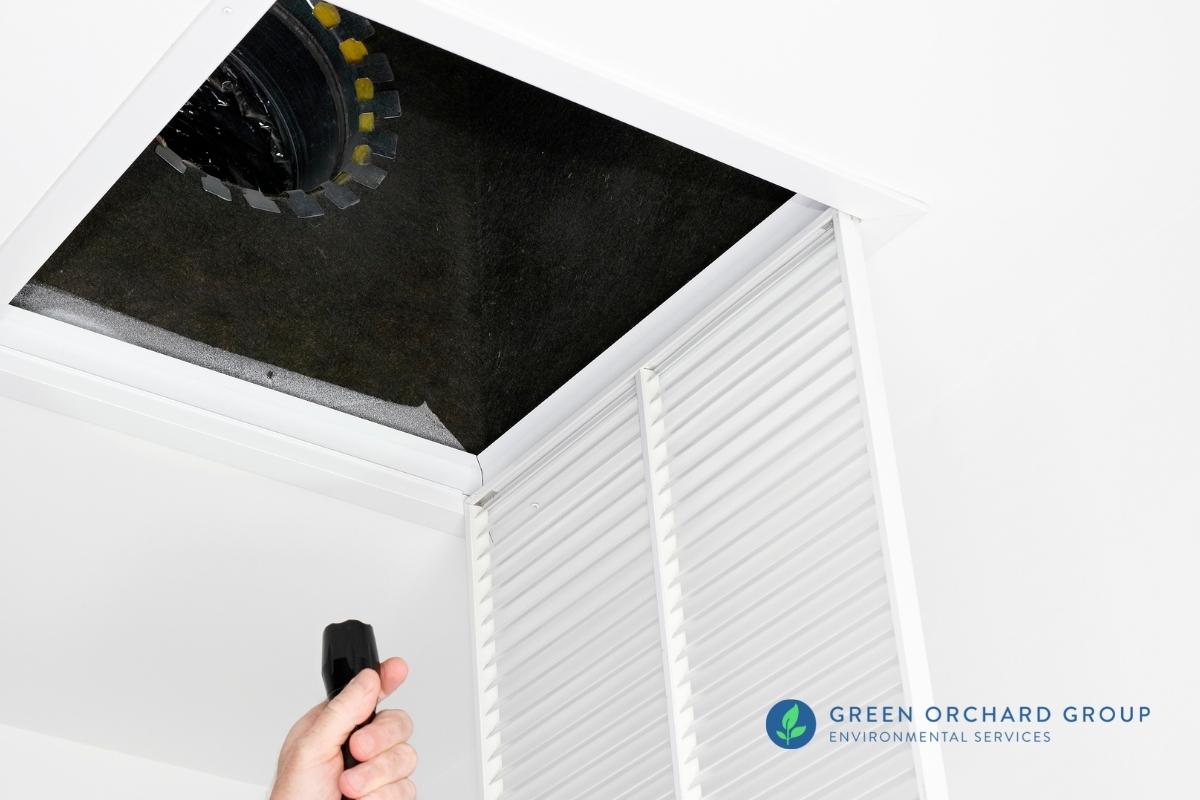Vital Steps After Mold Remediation
Vital Steps After Mold Remediation
Blog Article
Your Ultimate Guide to Message Mold Removal Methods
Browsing the realm of post-mold removal strategies is a precise process that demands focus to information and an extensive understanding of the ins and outs included. In the aftermath of mold and mildew infestation, understanding how to properly remove the mold and stop its reoccurrence is extremely important for preserving a healthy indoor environment. From picking the ideal cleaning and decontaminating methods to applying methods for long-lasting mold and mildew prevention, each action in the removal journey plays a vital duty in guaranteeing an effective outcome. As we start this exploration of post-mold remediation methods, we will discover the essential strategies and ideal practices that can aid you restore your space to its pre-mold condition and safeguard it versus future mold and mildew hazards.
Recognizing Post-Mold Removal Refine
After finishing the mold removal procedure, it is crucial to understand the post-mold removal techniques that are necessary to ensure a reliable and detailed clean-up. When the mold and mildew has been removed, the following step involves cleansing and disinfecting the influenced locations to stop any regrowth of mold. This includes making use of specialized cleaning up agents to clean down surfaces and kill any kind of staying mold and mildew spores. It is vital to dry the area entirely to dissuade the growth of mold and mildew in the future (After mold remediation). Appropriate ventilation and dehumidification can help in this procedure.
In addition, conducting a last inspection post-remediation is vital to guarantee that all mold has been efficiently removed. If the assessment discloses any kind of lingering mold and mildew, added removal may be needed.
Reliable Cleaning Up and Sanitizing Methods

Preventing Future Mold And Mildew Development

Significance of Proper Ventilation
Correct air flow plays a vital role in protecting against dampness build-up, an essential factor in mold and mildew growth within indoor atmospheres. Effective air flow systems aid eliminate excess moisture from the air, decreasing the chances of mold and mildew spores finding the dampness they need to germinate and spread out. Without adequate air flow, indoor rooms can end up being a reproduction ground for mold, resulting in potential health and wellness risks and structural damages.
By ensuring correct air blood circulation, ventilation systems can additionally assist in drying out moist locations quicker after water damage or flooding occurrences, even more deterring mold development. Post Mold Remediation. In areas like bathrooms, cellars, kitchens, and attics where dampness levels have a tendency to be higher, setting up and preserving efficient air flow systems is crucial in preventing mold problems

Tracking and Upkeep Tips
Provided the critical function that proper ventilation plays in avoiding mold and mildew growth, it is critical to establish efficient tracking and maintenance tips to make certain the ongoing capability of ventilation systems. Tracking humidity degrees within the property is likewise critical, as high humidity can contribute to mold development. By remaining aggressive and conscientious to the problem of air flow systems, home owners can effectively mitigate the danger of mold visit site regrowth and preserve a healthy and balanced interior environment.
Conclusion
To conclude, post-mold removal techniques are vital for ensuring a tidy and risk-free setting. Comprehending the procedure, applying efficient cleaning and decontaminating approaches, protecting against future mold development, keeping appropriate air flow, and regular tracking are all critical steps in the remediation process. By following these standards, you can efficiently remove mold and stop its return, functioning or promoting a healthy living area for all passengers.
In the results of mold problem, recognizing how to effectively eliminate the mold and mildew and stop its reoccurrence is paramount for keeping a healthy interior atmosphere. As soon as the mold and mildew has actually been eliminated, the following step involves cleansing and sanitizing the impacted areas to protect against any kind of regrowth of mold and mildew - Post remediation mold testing near me. After removing visible mold and mildew development, it is crucial to clean all surfaces in the damaged area to get rid of any type of remaining mold spores. To better improve mold prevention actions, it is vital to attend to underlying issues that originally led to mold development.Given the vital function that correct ventilation plays in stopping mold growth, it is important to establish efficient tracking and upkeep pointers to make certain the continued functionality of ventilation systems
Report this page